
Can You Combine Reports From Multiple Company Files in Quickbooks?
 It’s not uncommon for businesses to have multiple company files for Quickbooks. This is especially true for large companies that allow several executives to control their financial books. But when you have reports from multiple company files, you might be wondering if you can combine them in Quickbooks. Thankfully, this is completely possible, though it requires a little work. For a step-by-step walkthrough on how to combine reports from multiple company files, keep reading.
It’s not uncommon for businesses to have multiple company files for Quickbooks. This is especially true for large companies that allow several executives to control their financial books. But when you have reports from multiple company files, you might be wondering if you can combine them in Quickbooks. Thankfully, this is completely possible, though it requires a little work. For a step-by-step walkthrough on how to combine reports from multiple company files, keep reading.
Assuming you use the Enterprise version of Quickbooks Desktop, you can use a built-in feature to combine multiple reports. This is done by logging in to your account and accessing the “Reports” menu, followed by “Combine Reports from Multiple Companies.” Next, select “Add Files,” at which point you can choose the location of your other company file (e.g. your computer hard drive or a USB flash drive). Once selected, click “Open” to open the company file. If you want to combine other company files, select and open them as well.
When finished, fill in the requested information for the “From” and “To” date fields. This is the range of dates from which Quickbooks will pull the reports. After choosing the date range, you’ll see a list of all reports from within those dates. You can then click each report that you’d like to combine. The final step is to select “Combine Reports in Excel,” at which point Microsoft Excel with automatically open on your computer, displaying all the reports combined into a single, convenient report. You are then free to modify or save the document.
This is just one way to combine reports from multiple company files. Another option is to combine them manually using Microsoft Excel. Although it’s a bit more work, it’s still a viable way to combine reports. To do this, open your company file and create a report for it. Next, export the report to Excel, at which point you can close the report and open a second company file. With both company files open, you can combine them to create a new, third document. Once you’ve combined the reports, you can save the new file.
Combining reports from multiple company files is a breeze thanks to Quickbooks. With Quickbooks Desktop, you can use the software’s built-in tool to combine reports. And even if you have a different version, you can still run reports and combine them manually into a new Excel document.
Have anything else you’d like to add? Let us know in the comments section below!
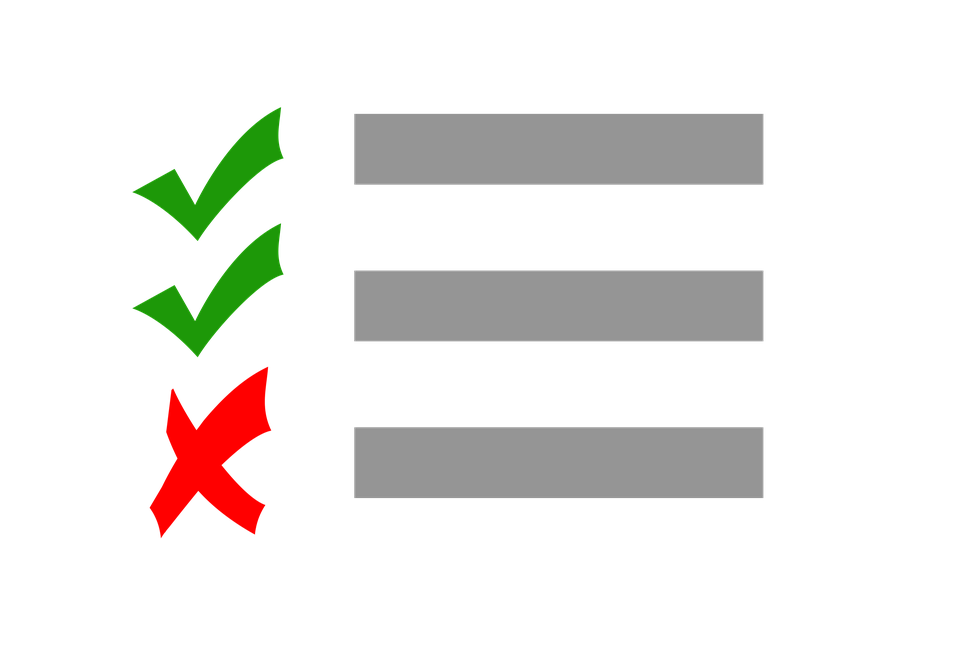
How to Enable Advanced Inventory in Quickbooks
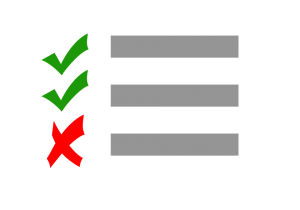 Available for Quickbooks Desktop, advanced inventory is a feature of Intuit’s popular business accounting software that offers increased control over your business’s inventory management processes. Using this feature, you can scan inventory barcodes with your smartphone, run customizable reports (valuation summary, inventory stock, etc.), track sales and orders by location, and much more.
Available for Quickbooks Desktop, advanced inventory is a feature of Intuit’s popular business accounting software that offers increased control over your business’s inventory management processes. Using this feature, you can scan inventory barcodes with your smartphone, run customizable reports (valuation summary, inventory stock, etc.), track sales and orders by location, and much more.
Unfortunately, though, many business neglect to use advanced inventory because they struggle to find this feature. Whether you’re a newcomer to Quickbooks or seasoned user, you should consider using advanced inventory. It’s one of many features that makes Quickbooks stand apart from its competitors, thereby creating a more efficient and versatile accounting system. So, how do you enable advanced inventory in Quickbooks?
To enable advanced inventory, log in to your Quickbooks Desktop account. From the home screen, click the “Edit” menu, followed by “Preferences.” You should then see a menu on the left-hand side of the page. Click “Items & Inventory,” followed by “Compact Preferences.” Next, click the empty box next to “Inventory and Purchase Orders are Active,” at which point you should see a check mark added to the box.
Assuming you’ve followed all steps thus far, you should click “Advanced Inventory Setting.” Now, you may not have the option to click this button if you haven’t purchased a license to use this feature. Advanced inventory is an addon feature that doesn’t come standard with the Quickbooks software. And if you haven’t purchased a license for it, you won’t be able to use it. But if you’ve already purchased a license, go ahead and sync your account. This is done by accessing “Help,” followed by “Manage my License” and then “Sync License Data Online.” Quickbooks will then sync your license with Intuit’s own server. Once Intuit sees that you have a license, it will allow you to click and select “Advanced Inventory Setting,” which is also known simply as advanced inventory.
To finish the process, click “Save and close.” Congratulations, you’ve just enabled advanced inventory in Quickbooks. With this feature enabled, you’ll have greater control over your business’s inventory management processes.
Keep in mind that advanced inventory is only available in Quickbooks Desktop. If you use the cloud-based version, Quickbooks Online, you won’t be able to use this feature. You can only use in Quickbooks Desktop.
Have anything else you’d like to add? Let us know in the comments section below!

Matching Downloaded Bank Transactions in Quickbooks
 If you use Quickbooks to keep track of your business’s financial transactions, you might be wondering how the accounting software handles matched banking transactions. When you download transactions, you can access the “For Review” menu to see and review the transactions. However, you also have the option to match those transactions with the transactions listed in your company file. So, how exactly does Quickbooks handle these matched transactions?
If you use Quickbooks to keep track of your business’s financial transactions, you might be wondering how the accounting software handles matched banking transactions. When you download transactions, you can access the “For Review” menu to see and review the transactions. However, you also have the option to match those transactions with the transactions listed in your company file. So, how exactly does Quickbooks handle these matched transactions?
Assuming you use Quickbooks Online and not the desktop version of Intuit’s popular accounting software, Quickbooks will try and match the transactions within 90 days of the specified transaction date. This is done to allow ample time for checks to clear. A customer may pay you on Monday, for example, but his or her check might not clear your bank for another one or two weeks. To overcome this challenge, Quickbooks Online will automatically search for all matching transactions within 90 days of the specified date. If a transaction is older than 180 days, it will not match it.
When Quickbooks Online attempts to match your bank deposit and credit transactions, it will search for several different things, including payments for the respective invoice, sales receipts, journal entries, unpaid customer invoices and deposits that you’ve made. When attempting to match checks, expenses and debits, Quickbooks will search for payments made to vendors, expenses for vendors, debits listed in your bank or credit card account and journal entries with debit transactions.
So, how do you assign categories to these transactions? To do this, log in to your Quickbooks account and select the “Banking” menu at the top of the screen. From here, click an open area in the transaction row so that Quickbooks provides you with more information about it. You can then assign a payee to the transaction. If Quickbooks finds a matching customer or vendor, it will automatically display the customer’s or vendor’s name. If it doesn’t find one, you can add one by clicking the “+Add new” drop-down menu and selecting the appropriate customer or vendor.
In the event that you don’t add a customer or vendor to the transaction, Quickbooks won’t include a name in the transaction when it adds it to the register. Finally, choose a category for the transaction under the “Category” drop-down menu. By default, many transactions use the “Uncategorized Income” category, which is too general for proper accounting. So, choose a more specific category for the transaction.
Did this tutorial work for you? Let us know in the comments section below!
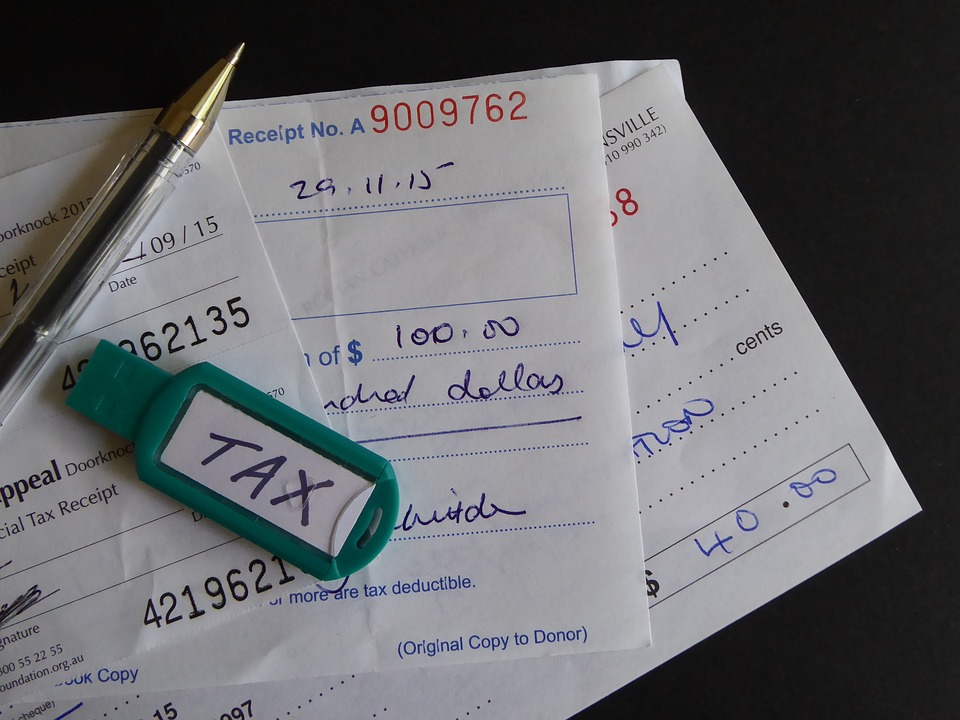
How to Handle a Customer Overpayment in Quickbooks
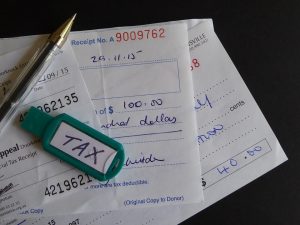 Did a customer accidentally overpay you? This is an all-too-common scenario in the world of business. Maybe the customer misread the invoice, or perhaps he or she thought they were purchasing a more expensive product or service. Either way, it’s important that you record this overpayment in your business’s books. Assuming you use the Quickbooks accounting software, you can easily record overpayments such as this in just a few easy steps.
Did a customer accidentally overpay you? This is an all-too-common scenario in the world of business. Maybe the customer misread the invoice, or perhaps he or she thought they were purchasing a more expensive product or service. Either way, it’s important that you record this overpayment in your business’s books. Assuming you use the Quickbooks accounting software, you can easily record overpayments such as this in just a few easy steps.
To record an overpayment, log in to your Quickbooks account and click the (+) button in the upper-right corner of the screen. From here, choose “Receive Payment,” after which you can select the customer from the “Receive Payment” window. It’s recommended that you double-check this information to ensure it’s correct. After all, you don’t want to record an overpayment to the wrong customer, as this will provide him or her with credits.
After selecting the customer, click the “Outstanding Transactions” window to view a list of all unpaid transactions associated with that customer. Once you’ve found the invoice on which the customer overpaid, click the adjacent box so that it creates a check mark in it. This tells Quickbooks that you want to pay the invoice. But don’t worry, you’ll actually be recording an overpayment made by the customer. After placing a check mark next to the overpaid invoice, enter the total amount that the customer paid (with the additional overpayment amount) in the “Amount received” field.
Assuming you followed these steps, that customer will now have a credit. To actually refund the customer for this credit, you must create a new check or expense. This is done by accessing the (+) button on the main screen, followed by “Check.” For the “Account” field, choose “Accounts Receivables.” You can then enter the amount that you want to refund the customer. When finished, click “Save and close” to save your changes and complete the process.
The final step to refunding a customer is to associate the check to a credit. To do this, go back to the (+) menu and click “Customer Payment.” You can then complete the requested fields — customer, date, amount, deposit to, etc. — after which you can click “Save and close.” This will allow you to record and refund the customer’s overpayment, thereby keeping your business’s books in order and your customers satisfied.
Did this tutorial work for you? Let us know in the comments section below!

How to Enter a Split Transaction in Quickbooks
 Trying to enter a split transaction in Quickbooks? If you are reading this, I’m assuming the answer is yes. In Quickbooks Online — the cloud-based version of Intuit’s popular business accounting software — you can only link a single the account to any transaction. However, this doesn’t necessarily mean that you can’t list multiple accounts on a transaction. With a little work, you can link multiple accounts to a transaction, thereby allowing you to “split” it. So, how exactly do you enter a split transaction in Quickbooks?
Trying to enter a split transaction in Quickbooks? If you are reading this, I’m assuming the answer is yes. In Quickbooks Online — the cloud-based version of Intuit’s popular business accounting software — you can only link a single the account to any transaction. However, this doesn’t necessarily mean that you can’t list multiple accounts on a transaction. With a little work, you can link multiple accounts to a transaction, thereby allowing you to “split” it. So, how exactly do you enter a split transaction in Quickbooks?
To enter a split transaction in Quickbooks, you’ll need to log in to the accounting software and click “Accounting” at the top of the interface, followed by “Chart of Accounts.” Next, click the “Action” column and choose the account that you want to modify. This is the account that you want to connect to the transaction. Make sure it’s correct and click “View Register/Account History” next to the respective name. From here, click the transaction that you want to modify so that it’s highlighted. You can then click “Edit” to begin modifying the transaction.
Assuming you followed the aforementioned steps, you should see a new screen in your Quickbooks account that contains information about the transaction. Here, you can enter other accounts and their amounts. If you want two accounts tied to the transaction, each of which has a unique amount, you can enter it in this window. Make sure all this information is correct, after which you can click “Save” to complete the process and save your changes. Sorry if you were expecting more, but that’s all it takes to enter a split transaction in Quickbooks!
You can check to make sure Quickbooks saved your information correctly by logging back in to your account and accessing your register. Quickbooks should show the correct total in the register, with the column saying “split.”
Most business owners never need to record split transactions — and that’s okay. If you never have to split transaction, you don’t have to worry about this. However, circumstances may arise that require you to split one or more transactions. Rather than allowing these unorthodox transactions to negatively impact your accounting efforts, you should follow the steps listed here to record them in your Quickbooks account. In just a few quick and easy steps, you can record split transactions while maintaining excellent financial records for your business in the process.
Did this tutorial work for you? Let us know in the comments section below!

Help! I’ve Encountered The Wrong Balance in My Reconciliation Window
 When you attempt to run a reconciliation report in Quickbooks, do you see the incorrect balance being displayed in the reconciliation window? Conventional wisdom should tell you that you can’t run an effective reconciliation report if the beginning balance is incorrect. This may occur from one of several different reasons. If you entered the wrong balance when creating the account, for example, it will display this balance in the reconciliation window. Alternatively, this problem may occur if you voided, deleted or changed the reconciled transaction. The good news is that you can fix an incorrect balance in the reconciliation window by following just a few simple steps.
When you attempt to run a reconciliation report in Quickbooks, do you see the incorrect balance being displayed in the reconciliation window? Conventional wisdom should tell you that you can’t run an effective reconciliation report if the beginning balance is incorrect. This may occur from one of several different reasons. If you entered the wrong balance when creating the account, for example, it will display this balance in the reconciliation window. Alternatively, this problem may occur if you voided, deleted or changed the reconciled transaction. The good news is that you can fix an incorrect balance in the reconciliation window by following just a few simple steps.
If your reconciliation window shoes a $0 balance, you’ll need to recreate the opening balance. To do this, log in to your Quickbooks account and create a journal entry by accessing Company > Make General Journal Entries. From here, change the date so that it reflects the actual statement date of your account’s beginning balance. For the first field, choose the appropriate account from the drop-down menu. Next, enter the right opening balance in the “Debit” field. For the second field, choose “Opening Balance Equity.” When you are finished, click “Save” to save your changes and complete the process.
You’ll now need to run a mini reconciliation to fix the beginning balance. This is done by accessing Banking > Reconcile. From here, choose the account from the drop-down menu and enter the statement date so that it reflects the journal entry. When finished, click “Continue.” Next, choose the journal entry for the “Deposits and Credits” field,” after which you can click “Reconcile Now” to begin the mini reconciliation. After it finishes, you should see the problematic transaction or transactions that’s causing the wrong beginning balance.
If your reconciliation windows has a positive balance that’s incorrect, you’ll need to run a reconciliation report. This is done by logging in to your Quickbooks account and choosing Reports > Banking > Reconciliation Discrepancy. From here, choose the account from the drop-down menu, after which you should see a list of all transactions that have been modified since the last report that you’ve run. You can then use this list to ensure that it matches your financial records. If you discover a discrepancy, make a note of the problematic transaction so that you can go back and fix it.
Did this tutorial work for you? Let us know in the comments section below!
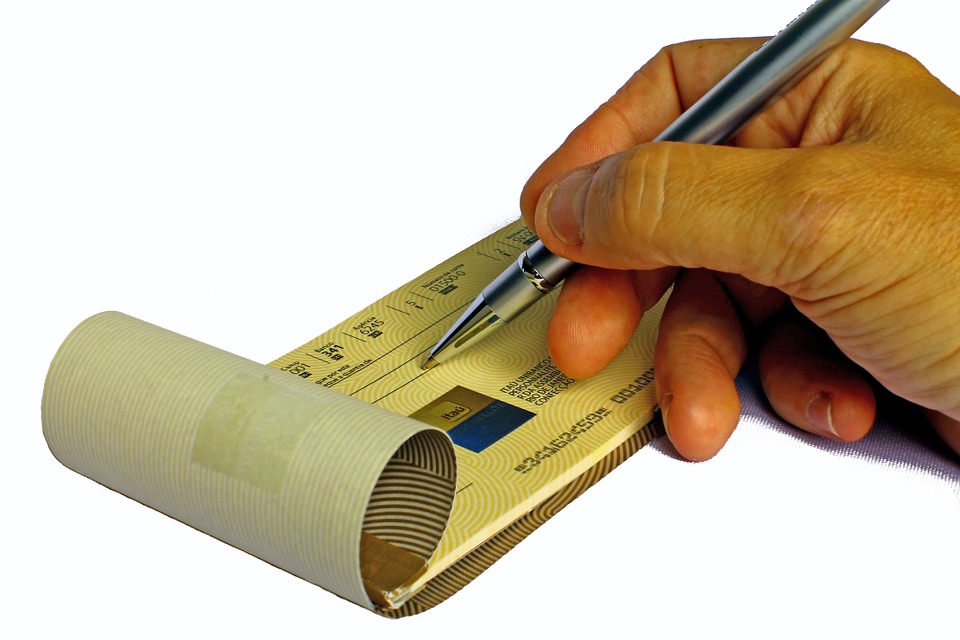
How to Run a Check Detail Report in Quickbooks
 Trying to a run a report in Quickbooks that shows all your printed checks, sorted by number? If you are reading this, I’m assuming the answer is yes. Thankfully, Intuit’s popular business accounting software supports this feature. In just a few easy steps, you can run a Check Detail report that features all your printed checks, sorted by number.
Trying to a run a report in Quickbooks that shows all your printed checks, sorted by number? If you are reading this, I’m assuming the answer is yes. Thankfully, Intuit’s popular business accounting software supports this feature. In just a few easy steps, you can run a Check Detail report that features all your printed checks, sorted by number.
To run a Check Detail report, log in to your Quickbooks account and access Reports > Check Detail report. From here, you’ll have several options to customize the report. While you can choose your own options, for this purpose, it’s recommended that you choose “All Dates” for the transaction date, “Account” for the group by, and “Num” for sort by. These options will allow you to run a Check Detail report that displays all your printed checks, sorted by number. When finished, click “Run Report,” after which Quickbooks will provide you with this report. Like other reports in Quickbooks, you can print this Check Detail report by clicking the printer icon.
But what if the checks listed in your Check Detail report aren’t all sorted by date? Even if you followed the aforementioned steps and choose “Num” for sort by, you may discover that some of your checks aren’t properly sorted this way. Intuit explains that some users may encounter this problem because of the way in which Quickbooks sorts checks. Whether you choose “Num” or any other option for sort by, Quickbooks will still use date as a sorting element. It may be a secondary sorting element, but this can still affect the way in which your checks are sorted in the Check Detail report.
The only solution to this problem is to export your Check Detail report to Microsoft Excel, where you can then modify the entries and sort them by date. To export your report, lick the “Export” button on the report screen, followed by “Export to Excel.” Once the report has been exported, you can open it in Excel to make the necessary changes. The easiest way to sort by date is to select Data > Sort. From here, you can choose sort by. And if you’d like to print your newly updated report, you can do so by clicking File > Print. Congratulations, you’ve just created a custom Check Detail report that shows all your printed checks, sorted by date!
Did this tutorial work for you? Let us know in the comments section below!
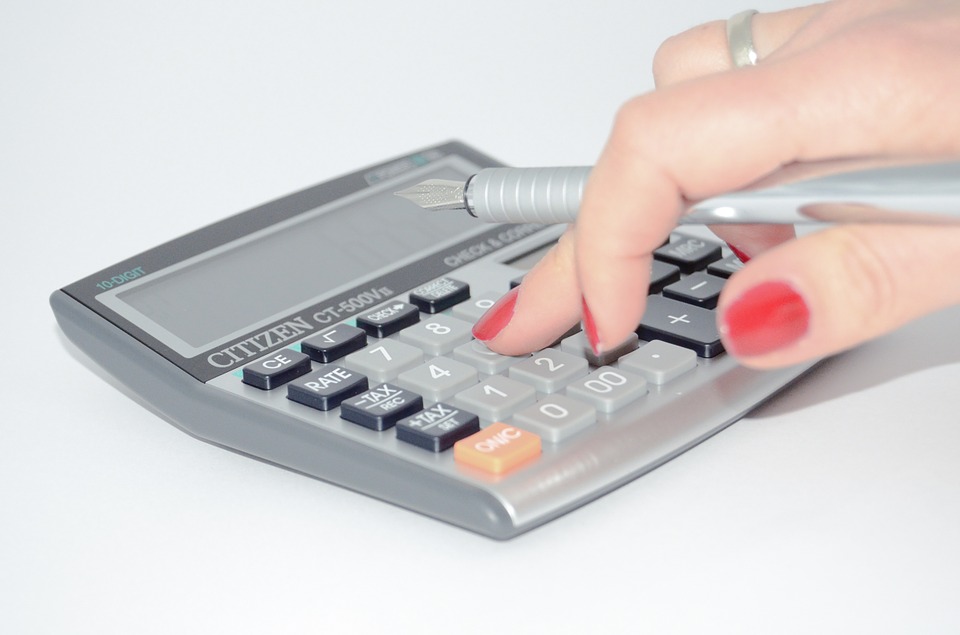
The Beginner’s Guide to Recording Expenses in Quickbooks
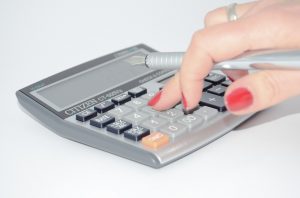 As a business owner, you’ll need to record all business-related purchases for tax purposes. If you purchase a product or service that’s used to help facilitate your own business, you can typically deduct it from your taxes. To take advantage of this deduction, though, you must keep excellent financial records of all business-related expenses. Thankfully, Quickbooks makes recording such expenses a breeze. Even if you’ve never used Intuit’s popular accounting software, you should have little or no problem recording expenses.
As a business owner, you’ll need to record all business-related purchases for tax purposes. If you purchase a product or service that’s used to help facilitate your own business, you can typically deduct it from your taxes. To take advantage of this deduction, though, you must keep excellent financial records of all business-related expenses. Thankfully, Quickbooks makes recording such expenses a breeze. Even if you’ve never used Intuit’s popular accounting software, you should have little or no problem recording expenses.
To record expenses in Quickbooks, log in to your account and click the “+” button at the top of the main menu, followed by “Expense.” From here, you’ll be able to select the vendor or user to whom you are making the payment. In the upper-right corner of the menu, click the drop-down button and select the payee’s name. If you don’t see the vendor listed here, you’ll need to add them to your account. Once added, you can go back and select the vendor as the payee.
Next, click the drop-down menu next to the “Balance” field. This will allow you to specify the account from which the expense was made (e.g. checking, savings, credit card, etc.). It’s important to note that you won’t see debit card listed as an option. Rather, if you want to record an expense that was made using a debit card, you must choose checking account. Checking accounts are handled in the same way as debit cards, meaning there’s no need to use a separate “debit” account. You can use “checking” for purchases made using your checking account or debit card associated with the respective bank account.
Under the “Payment date” field, enter the date on which the purchase was made. And next to the field, you’ll see an option for “payment method,” which you should click to select the method of payment used for the purchase.
Finally, you’ll have the option of choosing a category for the expense. This is done by clicking the drop-down menu under “Account” and next to “Description.” Quickbooks has dozens of different categories, ranging from advertising and automobile to disposal fees and dues and subscriptions. Choose the category that’s most relevant to the purchase. This won’t affect the outcome of the expense record, but it’s still useful for reference purposes later. When finished, click “Save” to save your changes and complete the process.
Did this tutorial work for you? Let us know in the comments section below!
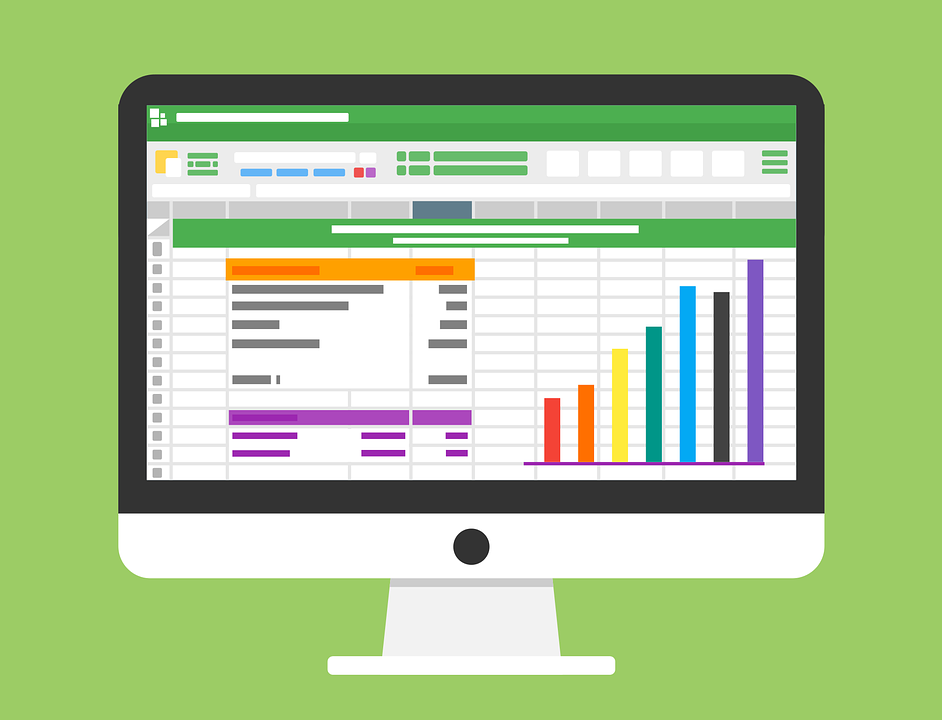
How to Change Account Type in Quickbooks
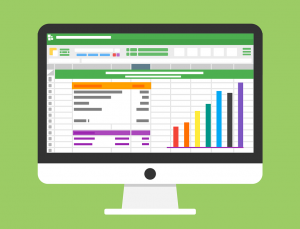 Are you trying to change the type of account for a group in your Chart of Accounts? Assuming you use the Quickbooks accounting software, your parent accounts and their respective sub-accounts must have the same account type. You cannot have a parent account of one type with a sub-account of a different types. However, you can still change the type of account for the entire group — both the parent account and its sub-accounts — by following a few simple steps.
Are you trying to change the type of account for a group in your Chart of Accounts? Assuming you use the Quickbooks accounting software, your parent accounts and their respective sub-accounts must have the same account type. You cannot have a parent account of one type with a sub-account of a different types. However, you can still change the type of account for the entire group — both the parent account and its sub-accounts — by following a few simple steps.
To change the type of account for a group in your Chart of Accounts, log in to your Quickbooks account and click the gear icon at the top of the page, followed by “Chart of Accounts.” Next, select the sub-account associated with the group that you want to change the account type, after which you should click “Edit” to change its properties. You should now see an “Account” screen, where you can click the “Is sub-account” field to uncheck the box. Next, click the “Category Type” menu to change the account type. From here, you can select the account detail, after which you’ll see a warning message indicating that it will affect your reports. After confirming the process, click “Save” to save the changes and complete the process. You will then need to repeat these steps for all sub-accounts and the parent account associated with the group that you want to change.
Of course, you can create new sub-accounts under this new account type by following a similar process. Click the gear icon, followed by “Chart of Accounts.” Next, click the sub-account, followed by “Edit.” When you see the “Account screen,” click the “Is sub-account” box to create a checkmark in it. For the drop-down menu titled “Parent account,” click to select the parent account. When finished, click “Save” to save your changes and complete the process.
Ideally, you should use the right account type when initially setting up accounts in Quickbooks. As most business owners and accountants know, though, this isn’t always possible. Circumstances may arise that result in the wrong account type being used. The good news is that you can easily change the account type in Quickbooks. As revealed here, it’s a quick and easy process that requires just a simple steps. Just remember to use the same account type for both the parent account as well as all sub-accounts tied to it.
Did this tutorial work for you? Let us know in the comments section below!

How to Set Up a Recurring Payment in Quickbooks
 Does your business make regular, fixed payments to a vendor? If so, you should consider setting up recurring payments in Quickbooks. While you can always make these payments manually, recurring payments automates this process so that you can focus your time and attention elsewhere. Using the Quickbooks accounting software, you can easily set up recurring payments to one or more vendors. For a step-by-step walkthrough on how to set up recurring payments, keep reading.
Does your business make regular, fixed payments to a vendor? If so, you should consider setting up recurring payments in Quickbooks. While you can always make these payments manually, recurring payments automates this process so that you can focus your time and attention elsewhere. Using the Quickbooks accounting software, you can easily set up recurring payments to one or more vendors. For a step-by-step walkthrough on how to set up recurring payments, keep reading.
First and foremost, you’ll need to access one of the payments that you’ve already made to the vendor. There are several ways to do this, one of which is involves accessing the Register. From the Register, click the “Use Register” button under the “Banking” menu, at which point you’ll see a list of all bank accounts that you’ve connected to Quickbooks. Choose the bank account from which you made the payment to the vendor. Next, locate and double-click the payment that you made to the vendor. This will open the payment, allowing you to set it up as a recurring payment.
From the payment window, click “Edit,” followed by “Memorize Check.” Quickbooks will then ask you to select a reminder option. For the “How Often” field, enter the frequency of which you want to make this payment. You can select from monthly, weekly, bi-weekly or custom frequencies. For the “Next Date” field, enter the date on which you want to make the next payment. For the “Number Remaining” field, enter the number of days (in advance) that you want Quickbooks to record the payment. To post the payment on your preferred day, enter “0” in this field. When finished, click “OK” so that Quickbooks will memorize the transaction and return you to the “Write Checks” menu.
Assuming you followed these steps, you should receive a reminder from Quickbooks to create the payment or print the payment when the next due date rolls around. There’s no rule stating that you must use recurring payments when purchasing goods or services from vendors. In fact, many business owners ignore this process and, instead, make manual payments to vendors. But if you make the same payment to the same vendor every month, setting up recurring payments is a smart way to facilitate this process. Once set up, Quickbooks will automatically pay the vendor according to your preferences.
Did this tutorial work for you? Let us know in the comments section below!
